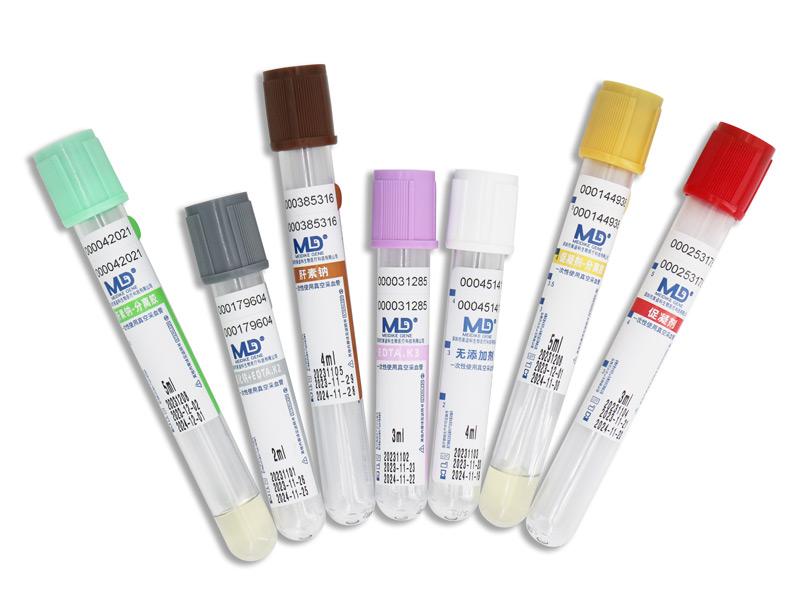Common Errors in Blood Collection Tube Usage and How to Avoid Them

Blood collection tubes play a crucial role in obtaining accurate and reliable laboratory test results. However, errors in their usage can lead to misleading or erroneous outcomes, potentially impacting patient care. In this article, we will discuss some common errors in blood collection tube usage and provide practical tips on how to avoid them, ensuring the integrity of blood samples and the accuracy of laboratory test results.
Incorrect Order of Draw
One of the most frequent errors in blood collection tube usage is the incorrect order of draw. Different blood collection tubes contain various additives or anticoagulants, and drawing them in the wrong order can result in cross-contamination, affecting test results. To avoid this error, always follow the recommended order of draw, typically starting with tubes used for coagulation testing, followed by non-additive tubes, and ending with tubes containing anticoagulants or additives.
Inadequate Tube Mixing
Proper mixing of blood with additives is crucial to ensure thorough and uniform mixing, preventing clotting or improper preservation of the sample. Inadequate tube mixing can lead to inaccurate results or sample rejection. After collection, gently invert the tubes a specific number of times as recommended by the manufacturer to ensure proper mixing of blood with additives.
Underfilled or Overfilled Tubes
Both underfilled and overfilled blood collection tubes can lead to erroneous results. Underfilled tubes may not contain the required blood-to-additive ratio, affecting the accuracy of tests dependent on specific dilutions or concentrations. Conversely, overfilled tubes can cause insufficient mixing or improper additive-to-blood ratio. Follow the recommended fill volume indicated on the tube and adjust the blood volume accordingly during collection.
Hemolysis
Hemolysis, the rupture of red blood cells, can occur during blood collection and handling, leading to the release of intracellular components that can interfere with laboratory test results. It can be caused by excessive force during needle insertion, vigorous shaking of tubes, or using needles with a small gauge. To prevent hemolysis, use proper needle insertion techniques, avoid excessive shaking of tubes, and use appropriate needle gauges for blood collection.
Contamination
Contamination of blood samples can occur during the collection process, leading to erroneous results or sample rejection. It can be caused by inadequate skin preparation, improper use of antiseptics, or failure to maintain a sterile technique. Ensure proper hand hygiene, use appropriate antiseptic agents, allow sufficient drying time after skin preparation, and maintain a sterile field during blood collection to minimize the risk of contamination.
Improper Tube Labeling
Accurate and clear tube labeling is essential for identifying specimens correctly and preventing mix-ups or misinterpretation of results. Improper tube labeling, including missing or illegible patient information, can lead to errors in result reporting or sample rejection. Always label the tubes immediately after collection with the required patient information, ensuring legibility and adherence to the laboratory’s labeling requirements.
Conclusion
Avoiding common errors in blood collection tube usage is crucial to ensure accurate and reliable laboratory test results. By following the recommended order of draw, properly mixing tubes, maintaining appropriate fill volumes, preventing hemolysis and contamination, and ensuring accurate tube labeling, healthcare professionals can minimize the risk of errors and improve patient care. Adherence to best practices and ongoing training in blood collection techniques are essential for reducing errors and maintaining the integrity of blood samples throughout the testing process.
Closed suction catheter,closed suction,closed suction set,closed suction tracheostomy
2 MEDS TECHONOLOGY CO.,LTD , https://www.2-meds.com